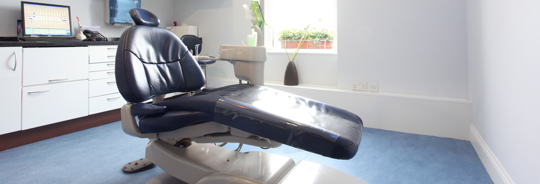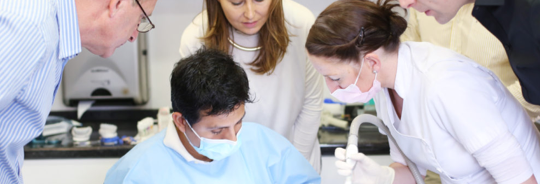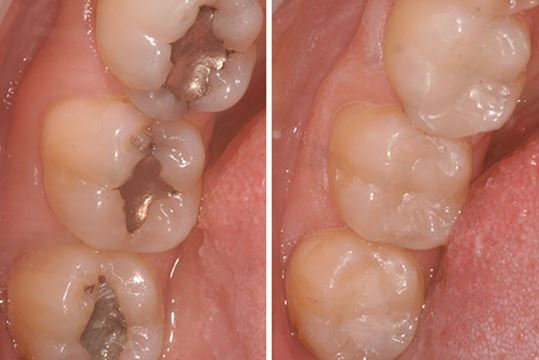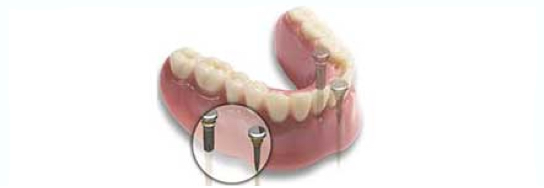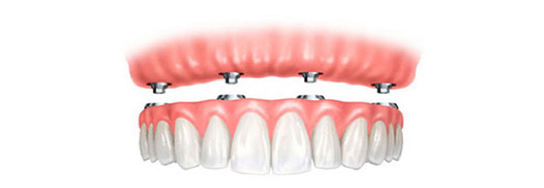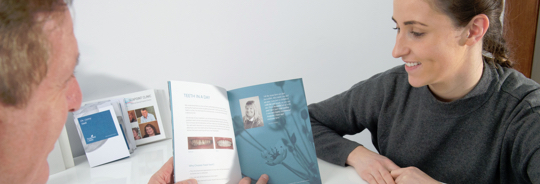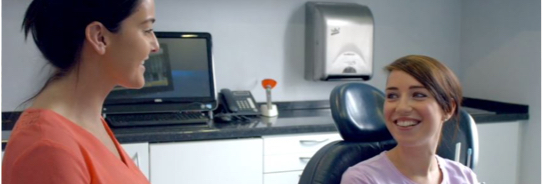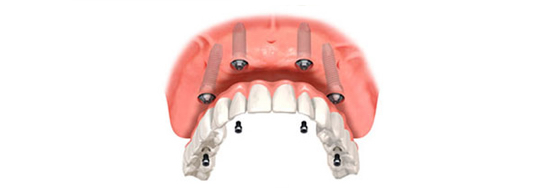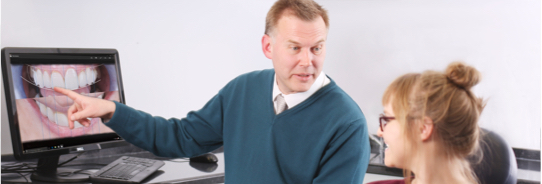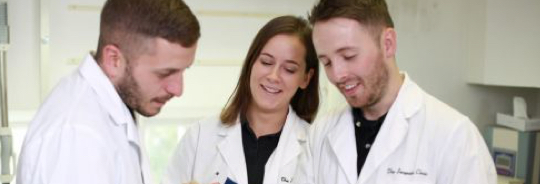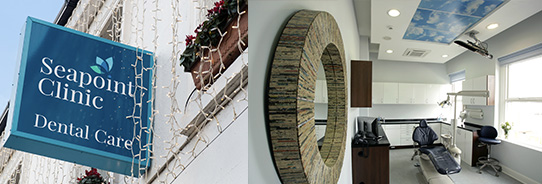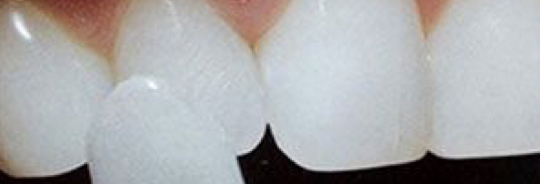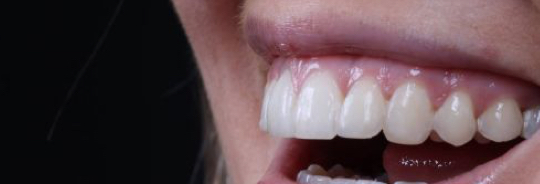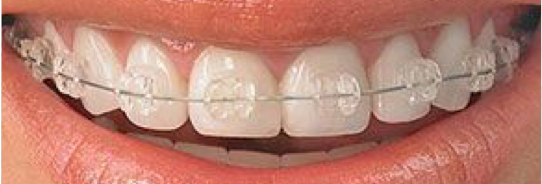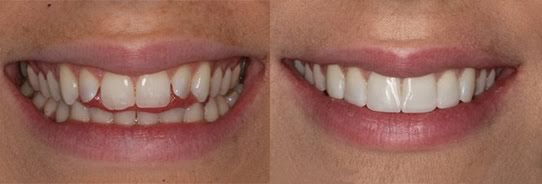
Blog
We post all the latest information here regularly so it's always up to date for you. If there is a topic you would like to have us cover please ask.
11 May 2021
Bone Grafting Explained

Bone grafting is usually recommended when implants are planned and there is insufficient bone for their correct placement. In that case, it is sometimes possible to regenerate bone using grafting techniques.
A graft does not always take however in spite of best practice and it is important to be aware of the risk of failure. If a graft does fail it may be possible to replace it surgically or it may be necessary to abandon it and try something different, such as a denture. The bruising can be visible on the face and neck and can be quite considerable and debilitating, particularly for those who bruise quite easily. It is impossible to predict in advance how much bruising and swelling may occur, but it is best to be prepared that this will most likely result. Using ice packs after your procedure can reduce the swelling, but it will not eliminate it.
Bleeding/Wound Opening:
There is a possibility that the stitches may loosen and the wound may open causing the loss of some bone graft material from time to time. This increases the risk of infection and loss of the graft. The less the area is disturbed the better. Leaving out a denture is advisable for 2 weeks after a graft has been done, when possible. Bleeding may, on occasion, be quite significant and may require attention.
Numbness/chronic pain:
We work very carefully when grafting bone but the mouth contains nerves which may sometimes interfere in the ideal graft placement. In the lower jaw there is a large nerve which may be disturbed during some grafting cases. This may result in extremely rare instances in pain or numbness of the nerve, which could be permanent. Other nerves may, on occasion, cause discomfort or have areas of numbness which may persist long term or indefinitely. It is rare but possible to have severe pain after any surgical procedure.
Normally these are well controlled with pain medication but everyone is different and so it is impossible to tell you how you will feel. Approximately 90% of patients are out of pain after 2-3 days following grafting.
Graft Materials:
The graft we most commonly use is a material made from bovine sourced bone. This comes from herds of cows bred specially for use in human bone grafting and it is tried and tested at the highest levels.
For block grafts we use either your own bone blocks or cadaver bone blocks which have been prepared, sterilized and tested for use in human bone grafts. The risk of disease transmission with these grafts is minimal. If you have any issue with the choice of graft recommended, you must advise us immediately.
Sinus Grafting:
If you are having a sinus graft done it is possible for the sinus to become chronically infected. This may require multiple surgeries to repair and it may not be possible to completely resolve. An opening may appear between your sinus and mouth, which can allow fluids to pass from your mouth to sinus, but only in extremely rare cases. After a sinus graft, you may experience some granules coming down the back of your throat for a short time afterwards.
Failure of Grafting:
Bone grafting is not successful every time. In spite of good technique and a healthy patient, on occasion a graft will fail. This may require re-vision surgeries to correct. It may lead to scarring in the area and it may not, subsequently, be possible to place an implant.
Failure of Implant:
Even if the graft is successful it is possible for the implant to fail in the short or long term. Implants are generally about 98% successful but this may be lower depending on how well the graft has taken.
Risk of Death:
Any procedure involving surgery carries a theoretical risk of death (as does crossing the road or driving to the clinic). This can happen from bleeding or an undiagnosed medical condition. The risk with any dental procedure using sedation or local anesthetic is exceptionally low and this is the reason we do not offer general anesthetic in the clinic.
Denture Problems:
If a graft is performed and you are wearing a denture the gum can change shape very considerably. This may mean the fit of the denture can become very poor requiring denture adhesive or multiple adjustments.
Alternatives:
It is always possible for you to avoid bone grafting if you are happy to continue to wear a denture, and you must be aware that opting for a graft is your own personal decision. If you do not get a graft you will not be able to have the implants placed, but alternatives such as dentures may be possible instead.
Conclusion:
Bone grafting is only performed when the bone is inadequate for implants. It works the vast majority of the time but not every time. If you cannot accept the small risk of failure of the graft you should consider an alternative.


